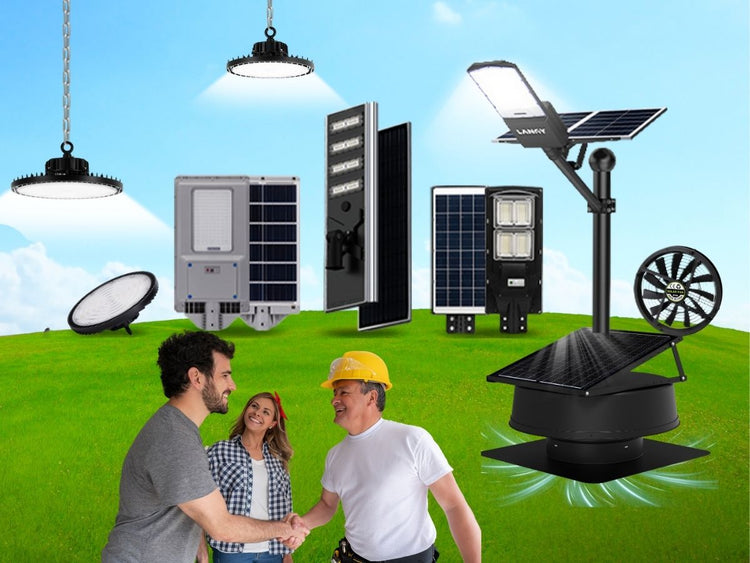How to Use a Solar Bug Zapper in Your Backyard: Tips for Optimal Pest Control
How to Use a Solar Bug Zapper in Your Backyard: Tips for Optimal Pest Control
Introduction
Summer evenings in the backyard should be about relaxation, family gatherings, or BBQ nights—not swatting mosquitoes and flies. That’s where a solar bug zapper comes in. Eco-friendly and cost-effective, these devices use sunlight to charge during the day and keep bugs away at night.
But to get the most out of your zapper, you need to know how to use it properly. This guide walks you through placement, maintenance, and tips for maximizing pest control in your backyard.
1. Choose the Right Location
Placement is the most important factor in how well your zapper performs.
-
Keep it 10–15 feet away from sitting or dining areas. You don’t want to attract bugs closer to people.
-
Position it near bug hotspots such as flowerbeds, bushes, compost bins, or water sources.
-
For large yards, consider using multiple zappers to cover different areas.
💡 Tip: Place your zapper at least 3–5 feet above ground level for optimal insect attraction.
2. Let the Sun Do the Work
Since it’s solar-powered, your zapper needs direct sunlight during the day.
-
Place it in an open area where the panel gets 6–8 hours of sunlight.
-
Avoid shaded spots under trees or near tall fences.
-
On cloudy days, models with USB backup charging are helpful.
💡 Tip: If your backyard has limited sunlight, move the zapper daily for best charging.
3. Turn It On Before Dusk
Most insects, especially mosquitoes, are active during dusk and early evening.
-
Turn on your zapper just before sunset so it’s ready when bugs appear.
-
Many models have automatic dusk-to-dawn sensors that make this effortless.
💡 Tip: Keep your porch lights dim so bugs are drawn to the zapper, not your seating area.
4. Keep It Clean for Consistent Performance
Dead insects can pile up and reduce efficiency if not cleaned regularly.
-
Empty the removable insect tray at least once or twice a week.
-
Use a small cleaning brush to clear the grid.
-
Avoid using water directly on the unit unless it’s waterproof (IP65 rated).
💡 Tip: Make cleaning part of your weekly backyard routine to keep the zapper effective.
5. Combine with Other Pest Control Methods
A solar bug zapper is powerful, but pairing it with other strategies makes it even more effective.
-
Eliminate standing water (mosquito breeding grounds).
-
Use citronella candles or bug-repellent plants like lavender and marigolds.
-
Install screened gazebos or canopies for extra protection during gatherings.
💡 Tip: Zappers work best as part of a layered pest-control approach.
6. Ensure Safety for Kids and Pets
While safe for humans, the electric grid can still deliver a shock.
-
Place the zapper out of reach of small children.
-
If you have pets, choose models with protective outer grids to prevent accidents.
💡 Tip: Lantern-style zappers are safer and double as decorative garden lights.
Conclusion
A solar bug zapper is one of the simplest ways to reclaim your backyard from pests. By placing it strategically, ensuring good sunlight exposure, keeping it clean, and pairing it with other preventive measures, you’ll enjoy long summer nights without the annoyance of buzzing insects.
With these easy tips, your backyard can become a bug-free haven powered by the sun.

